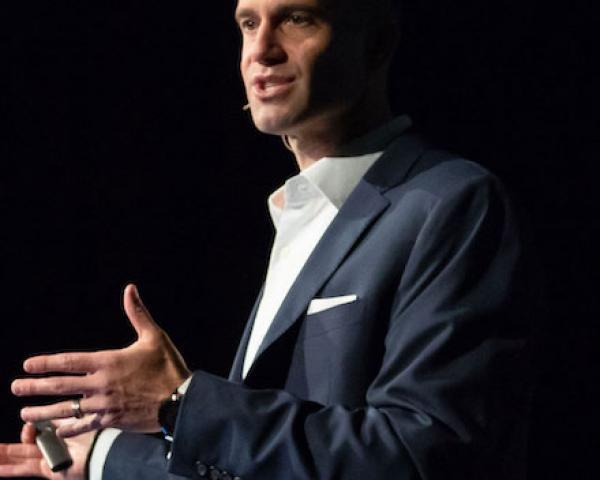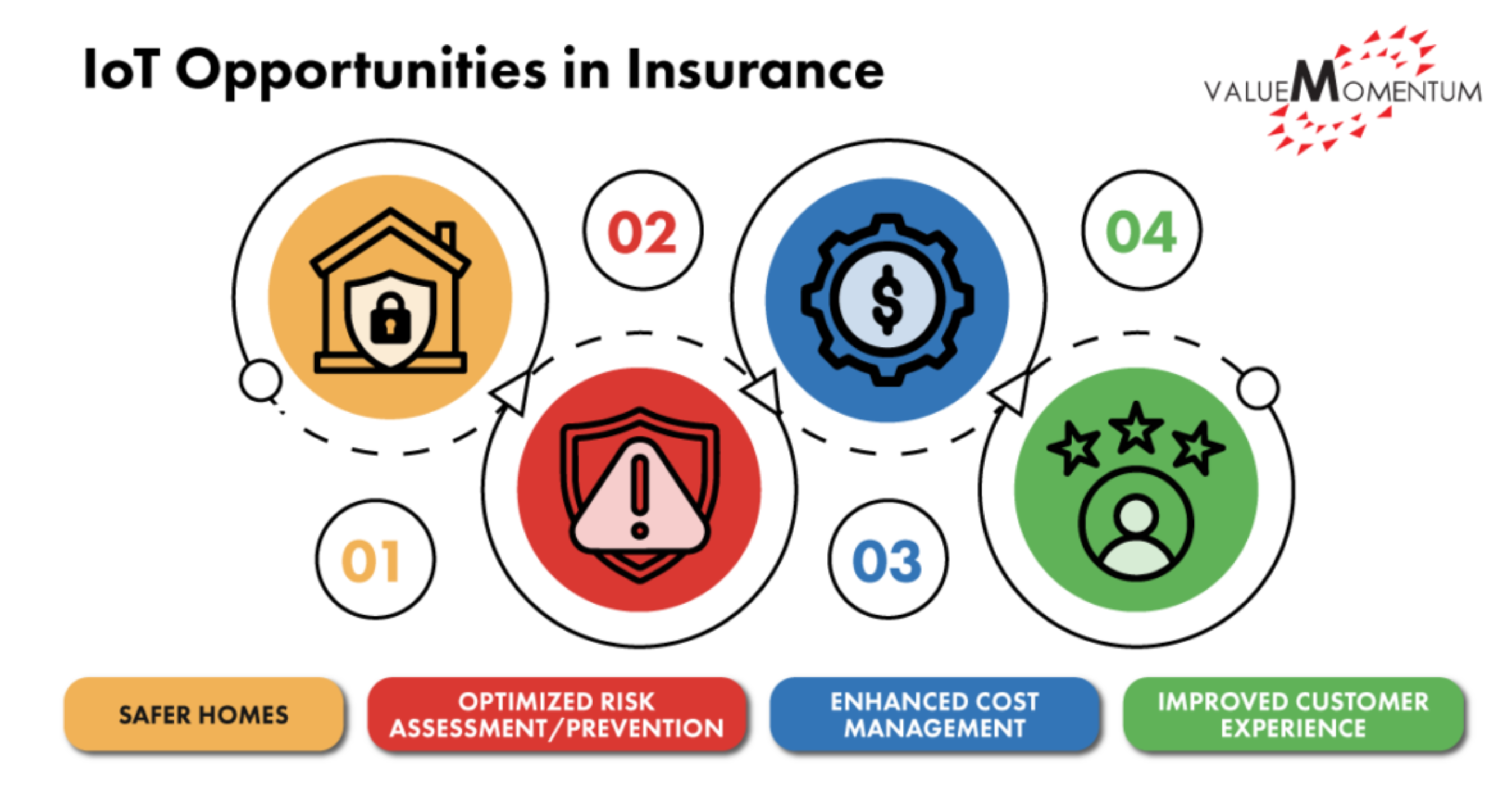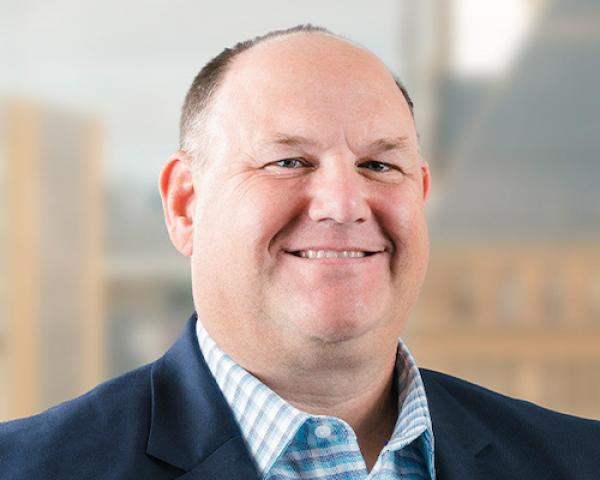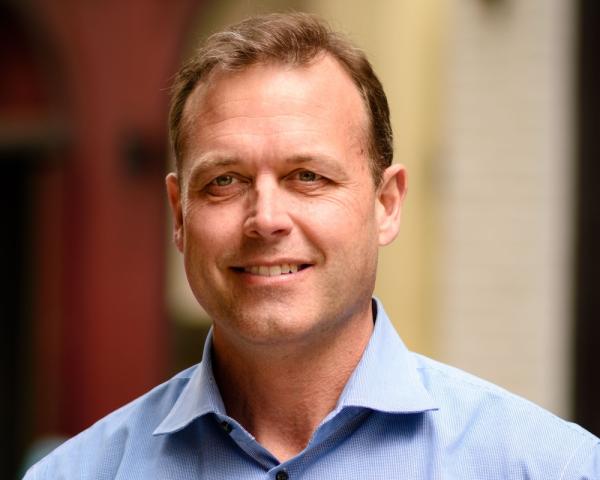Claims has been an area of intense focus when it comes to digitization and new predictive tools. Nowhere has this been more pronounced than in auto physical damage (APD), and especially personal auto.
Casualty claims, however, lack the finite universe of possible outcomes that APD enjoys, making it hard to deploy some of the advanced technology that’s benefitted the physical claim world. While the number and variety of cars and how they can be damaged is huge, it is still finite. With casualty, every human body is different, how injuries manifest and develop is different and so is the impact of those injuries on the people involved.
Casualty claim leaders have relied on expert judgment to wade through the large caseloads they face to focus on the matters with the highest risk of materially affecting the book to focus their expertise and skill effectively.
Kevin Moynihan, VP of product management at CCC Intelligent Solutions (CCC), shared some of the historic and current best practices insurers have put in place to strive for accurate casualty outcomes. “Certainly, a focus on evaluation accuracy is a must, and a sophisticated medical bill review capability is a powerful ally for adjusters on most claims,” he said.
Bill review takes the previously manual and laborious process of combing through all medical bills on a claim to review accuracy and appropriateness of both charges and treatment and automates it to execute a carrier’s rules. The tool then flags inconsistencies and bubbles them to the surface for an adjuster’s review, for example, highlighting billing that the carrier deems unreasonable or unrelated.
“These evaluation reviews are critical to achieving loss accuracy for any claims organization, but increasingly carriers need additional tools in their toolbox,” Moynihan said. “Evaluation occurs well into a claim’s life cycle, often many months after the date of loss. Rather than waiting, if carriers could tap into up front FNOL [first notice of loss] and APD data, they have a greater potential to set themselves up for claim handling success.”
Social inflation, which is driving settlement values up dramatically from their already high levels just a few short years ago, is another concern, and not the exclusive domain of severe claims and large losses. Several factors are driving this, including the increase in claims that have early attorney representation, up 26% over the five years ending in 2021, according to Sedgwick. And because the average cost of a claim with representation is 15.3 times higher than those without, according to Milliman, this shifting mix does not bode well for casualty loss ratios.
See also: How to Cut P&C Claims Leakage
Meg Sutton, SVP of casualty claims at Liberty Mutual, shares several factors fueling nuclear verdicts. “The business of litigation," she said, "has evolved to where there are nine-figure advertising budgets for some firms, increasing by almost two-thirds in a single year; the funding of litigation by third parties given the scale of potential settlements; and the increased use of high-tech presentation methods and highly specialized expert witnesses. Couple that with the change in perceptions of large corporations from trusted pillars of the community to organizations that are doing wrong and need to be punished, it’s not surprising that things have escalated to where they are now.”
Medical inflation is also extremely relevant here because most casualty claims have a bodily injury trigger at their heart. And the correlation between file age with indemnity and adjusting cost is well-established. Time delays also raise further opportunity for extra contractual risk.
The net impact is that casualty losses have been increasing dramatically, and we seem to be running out of tools to address this. In commercial auto liability, for example, all of these factors have led incurred losses to grow at an 11% compound annual growth rate throughout the 2010s, ending the period 2.5 times higher than at the beginning.
This issue is nothing new. What is different today is how we engage with it. While many APD tools aren’t directly relevant in the context of casualty claims, recent changes in those tools and the analytics tied to them are different now.
CCC has been using its Delta-V analysis, or the understanding of the change in velocity of the involved vehicles, and the resultant impact to both physical damage to the cars and bodily injury to passengers. For example, when a car decelerates from 20 miles per hour to zero in a fraction of a second, you will see great damage to the car and higher likelihood of severe injury to passengers than you would when the car decelerates from five miles per hour to zero over the course of a full second.
While that knowledge is helpful for predicting the likelihood of frame damage, for example, it can also be extremely valuable in assessing the validity of claimed bodily injury. This information can naturally signal potential fraud or a need for more involved adjusting, but it can also signal that a claim with little or no reported bodily injury may soon jump in severity as the injuries eventually get reported.
Sutton shares that Liberty Mutual is seeing tools like telematics and predictive modeling help in casualty matters already. Carriers can immediately recreate an accident and understand the forces at play to determine the best intervention and engagement with a claimant. Sutton says, “Because we have new tools and insights thanks to telematics, prediction, accident recreation, the physics with which an accident occurred, etc., – all things we never had before – it makes it easier to resolve matters faster. The more quickly you can reach out, price the claim and make a reasonable offer, the more likely the matter is to resolve before an attorney is involved, which would raise the risk of a nuclear verdict.”
CCC’s Moynihan provides additional context on Delta-V’s ability to affect casualty outcomes. “CCC has invested heavily to develop AI that can determine the change in velocity and principal director of force but will soon also do this from photos of the damaged vehicle. This new, meaningful capability will unlock additional use cases for carriers. Because those photos often become available on day one of the claim, they provide invaluable information to inform segmentation, liability and injury causality decisions earlier than ever before. This also represents true network effects. Carriers who have adopted smart estimate photo capture technology on the APD side, where parties are enabled and guided to take photos of their damage to submit to the carrier, will also be capturing the photos needed for calculating Delta-V. CCC has relationships with 18 of the top 20 carrier APD teams, representing over 90% of auto policies, so odds are most casualty organizations can turn to their APD peers to leverage these photos.”
Tools like Delta-V can be helpful for smaller casualty claims, as well. Many of these matters are adjudicated fairly quickly on the time scale of casualty claims, and that may feel good enough. But that handling speed happens with human intervention, and it may still be happening on much longer timescales than that same claimant experiences on APD.
What if casualty adjusters knew about the details and physics of the APD claim? With Delta-V data, they can see whether the scale of injuries was appropriate and reasonable, as well as the cost of treatment.
This has a flywheel effect, where closing out these matters quickly and efficiently frees expert adjusters to work on the matters that need more attention. You end up saving money on the entire system by offloading these simpler, clearer cases sooner thanks to insights brought over the wall from the APD tools being deployed.
And that’s exactly what can be done today that was not possible before. Using data from the APD experience, like Delta-V, carriers can have meaningful insights brought into their decision making on casualty claims, affecting segmentation, assignment and settlement decisions.
Sutton talks about it as finding a way to allay people’s fears that carriers are trying to take advantage of them, as popular plaintiff’s bar ads suggest. She says, “When you can reassure people through data, a video, the facts on how fast the car was going or other behaviors, you can show claimants that they're being treated fairly. That goes a long way to resolving cases reasonably.”
But none of this should exist in a vacuum. This data and these tools aren’t meant to replace the expertise required by casualty claims. Instead, they are about enhancing it so better decisions can be made faster.
Remember, good claims handling is about paying the right amount as quickly as possible. Tools like Delta-V can help casualty adjusters make the right decisions to do that.






















